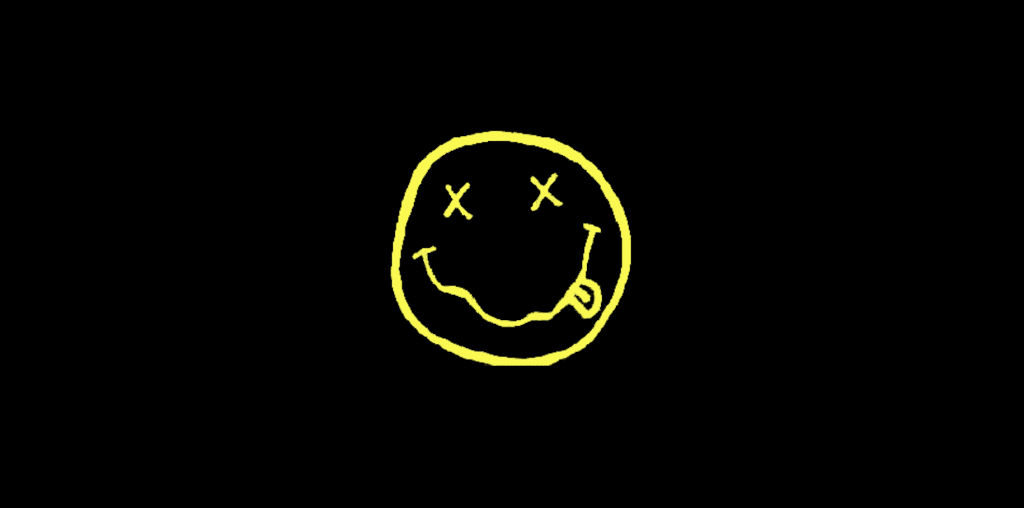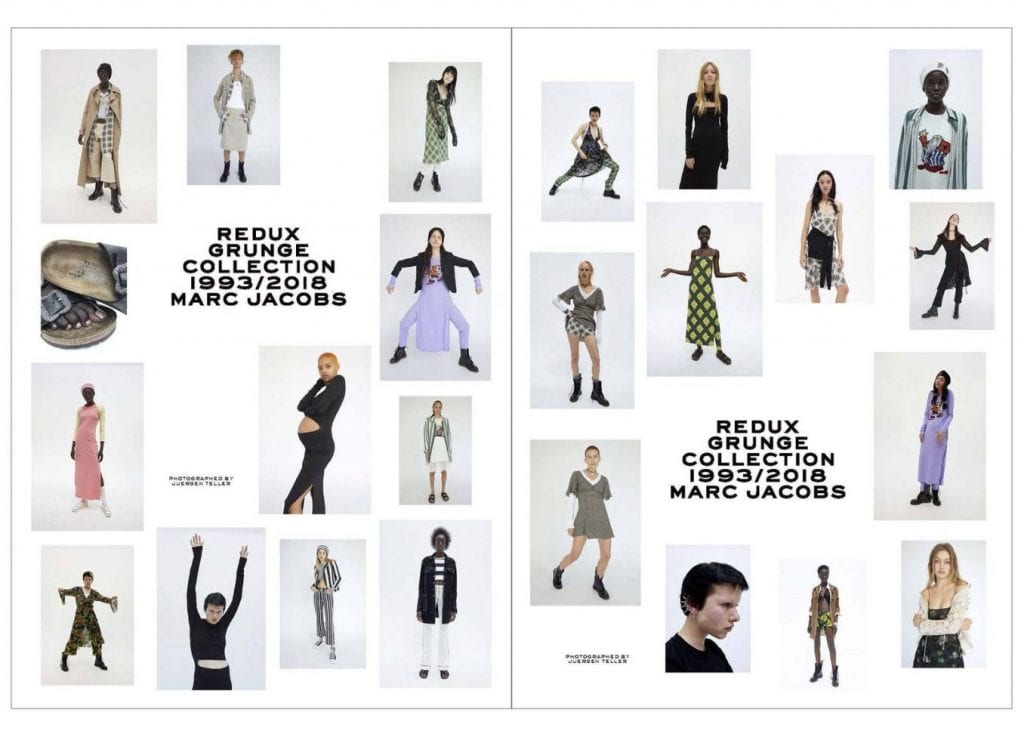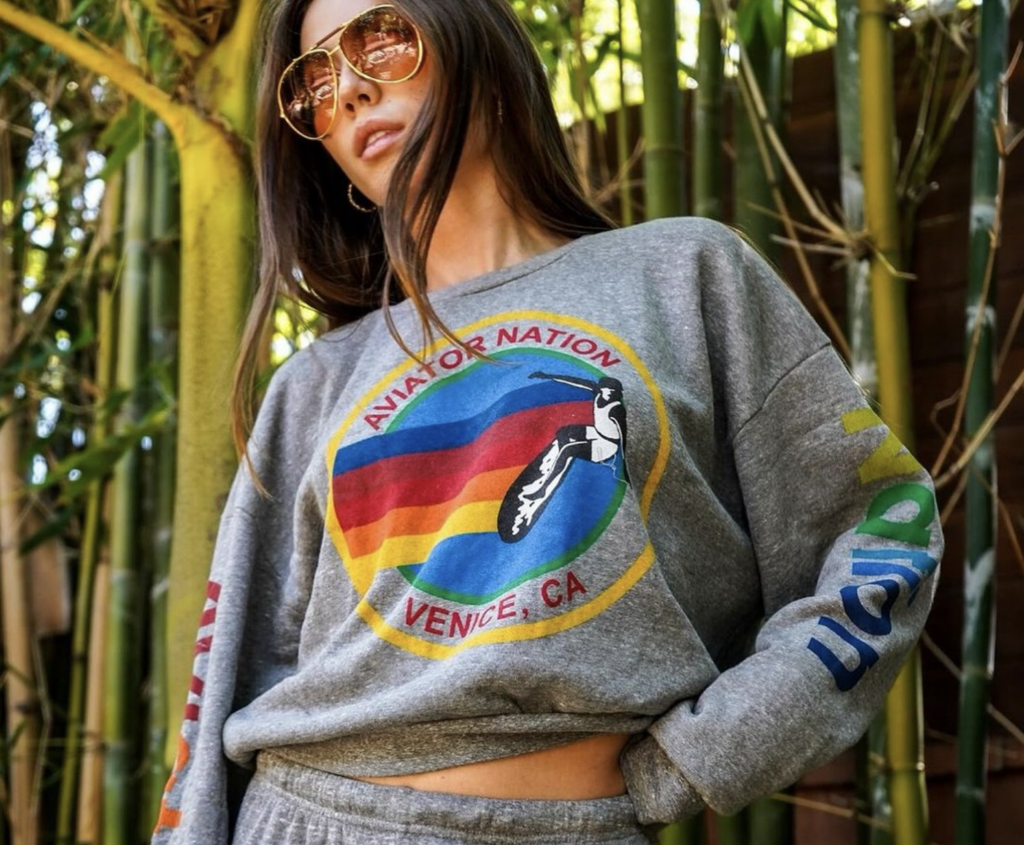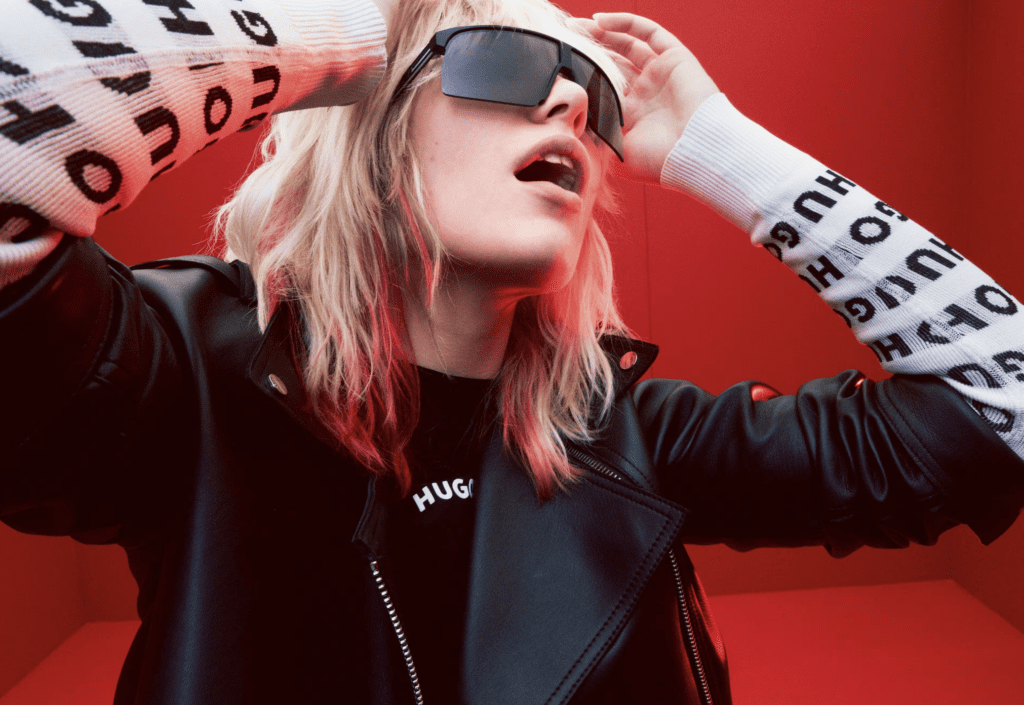In the midst of the trademark and copyright lawsuit that Nirvana LLC lodged against it in December 2018, Marc Jacobs is waging a separate – but related – fight over the graphic at the center of the headline-garnering band versus brand lawsuit. In a newly-initiated proceeding, the New York-based fashion brand is trying to block Nirvana’s corporate entity from registering the iconic smiley face graphic that the band first began using in the 1990s. To be exact, in an opposition proceeding filed early this month, Marc Jacobs claims that it will be damaged if Nirvana is able to register the x-eyed smiley face.
According to the opposition that it filed with the U.S. Patent and Trademark Office (USPTO”)’s Trademark Trial and Appeal Board on September 2, counsel for Marc Jacobs claims that Nirvana’s application for registration should be tossed out because the specific smiley face at play “fails to function as a mark; lacks inherent or acquired distinctiveness; is a generic, universal symbol; [and] is merely ornamental and has not been used by [Nirvana] as a trademark.”
LVMH Moët Hennessy Louis Vuitton-owned Marc Jacobs asserts that it “has utilized smiley face designs ornamentally in connection with goods identical and/or related to [the various] goods covered by [Nirvana’s] application” (i.e., garments and accessories) “and has an interest in continuing to do so in the future.” Against that background, Jacobs claims that it would be damaged if Nirvana is able to register its smiley face – specifically, “a smiley face design with two x’s representing the eyes, a wiggly line curved upward representing the mouth, and a small open circle with a dash representing the tongue sticking out of the mouth” – as a trademark for use on an array of clothing, accessories, and footwear, and presumably, take action against others that use “confusingly similar” versions on their own wares.
More than merely standing to block third-parties’ use of smiley face marks (and thus, interfering with their creative output), Marc Jacobs argues that Nirvana “impermissibly seeks to register a non-distinctive, commonly-adopted and well-known ‘smiley face design’ for ornamenting” garments and accessories. The problem with that, per Jacobs, is that Nirvana’s smiley face “fails to function as a trademark.
Why? Well, for one thing, “it comprises a universal symbol [that] conveys an informational message,” or more specifically, that expresses an emotion. In furtherance of this point, Jacobs argues that “the majority of mobile phone users have at their disposal a plethora of smiley face designs available to succinctly convey information or express emotion, including … stock smiley face designs with two x’s representing the eyes, and with a tongue sticking out of the mouth.”

“Notwithstanding any non-distinctive alterations of the universal smiley face symbol, the primary significance of [Nirvana’s mark] remains the original common expression of a smiley face design used to convey an informational message,” and therefore, “is incapable of any source identifying function.”
Beyond Jacobs’ allegation that Nirvana’s stylized smiley face does not actually act as a trademark because it primarily exists to provide emotion-specific information, the brand further claims that it does not distinguish the products upon which it appears from those of other companies due to the fact that it is a “universally recognized” design that is widely used in an “ornamental and decorative manner.” Given such “extensive third party use” – by Jacobs and other brands – in furtherance of “a common industry practice,” Jacobs claims that “the consuming public is accustomed to encountering smiley face designs on clothing and other goods and services identical or related to [Nirvana’s clothing and accessories].” As a result, the average consumer would not consider the “pervasive, universally-recognized symbol as a source indicator for” Nirvana and its products, “and accordingly, [the smiley face] fails to function as a trademark.”
If anything, “the use of the [smiley face] mark … is merely ornamental and without trademark significance,” Jacobs claims, referring to what it calls “one of the most ubiquitous and universally recognized symbols in the world.”
In other words, Jacobs argues that because so many brands use smiley faces on their clothing, when consumers see Nirvana’s stylized smiley face, they will not likely link it to a single source in the same way as they attribute the Nirvana name, for instance, to a single group – which is the purpose of a trademark. (Please note, this is coming from a brand that is currently seeking a trademark registration for the word “THE” for use on clothing).
Beyond its failure to function and ornamentality claims, Marc Jacobs’ counsel argues that Nirvana committed fraud when it filed its application because it “knowingly false statements to the USPTO,” namely that it was using the mark on commerce “for several of the goods in the amendment to allege use at the time its amendment to allege use was filed” when it actually was not doing so. For that reason, as well, Jacobs argues that the application for registration should be refused.
The opposition proceeding comes amid a larger fight between the two parties. You may recall that Nirvana filed against suit Marc Jacobs in late 2018, accusing the fashion brand of infringing its copyright and trademark rights in the x-eyes smiley face by putting a variation of it on t-shirts and other goods in connection with the “Grunge Redux” collection that Jacobs released in November 2018. Within a month of filing suit against Jacobs in a federal court in California, Nirvana LLC filed its application for the smiley face mark with the USPTO.
Most recently, the case may have a new party, as art director Robert Fisher says that he has a right to join in the case since he was the one who created the x-eyed smiley face design that Jacobs allegedly co-opted for its rebooted “Grunge” collection. Fisher claimed in a motion and notice of interested parties filed with the U.S. District Court for the Central District of California on September 13 that despite the widely-accepted belief that the late Nirvana frontman Kurt Cobain created the smiley face design, he actually came up with it in 1991 when he was working on other projects for Nirvana – including the cover of the band’s 1991 album, Nevermind – during his tenure as an Art Director at Geffen Records.











